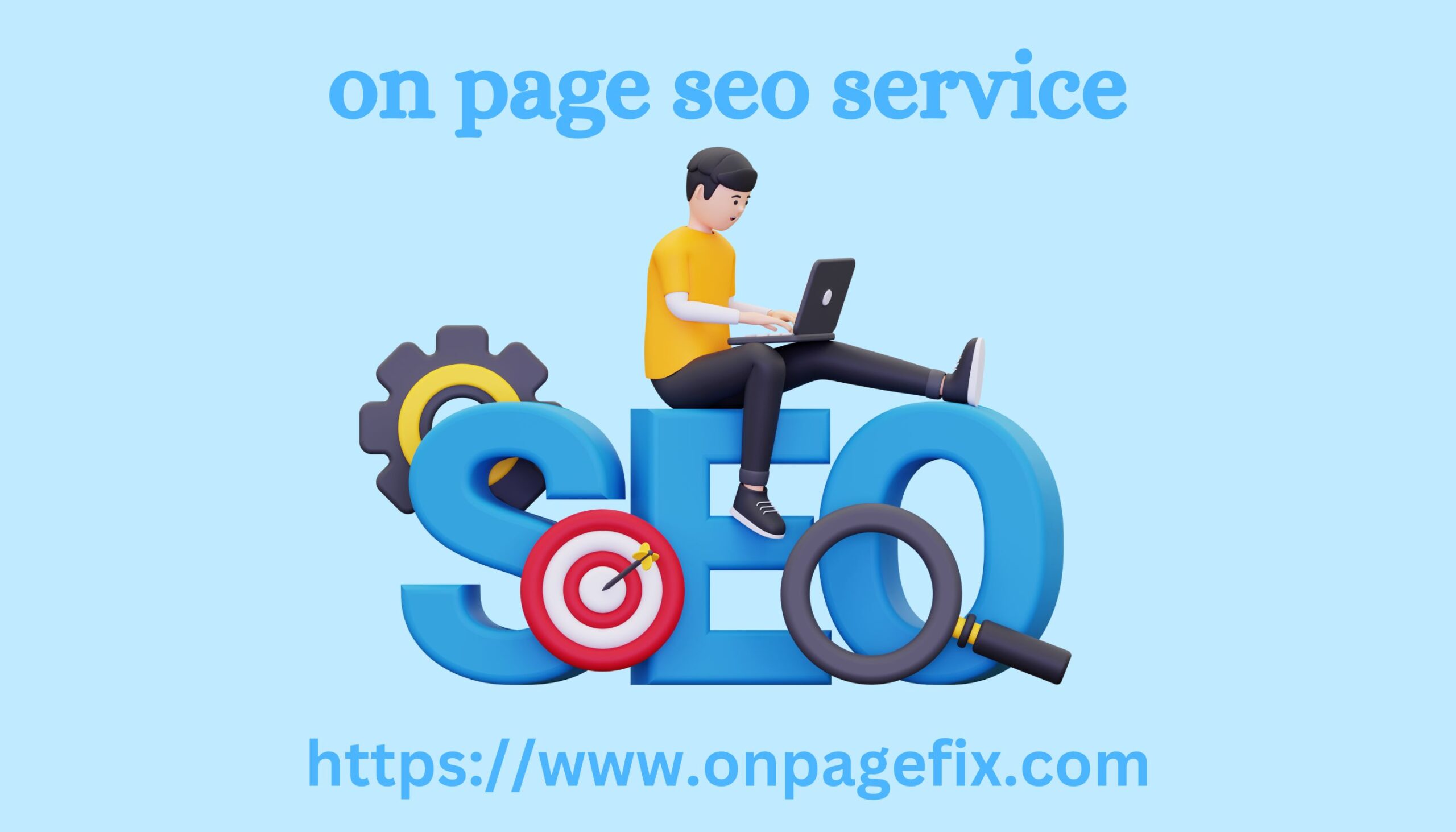Post by sinthiya007 on Nov 9, 2024 4:11:31 GMT
SEO (Search Engine Optimization) is an essential tool for those who want to increase the visibility of their website in search engines, such as Google. Usually, SEO processes are carried out by specialized companies, but there are cases when a certain business has a limited budget for promotion, so it has to do it on its own. So, today in this article we will consider step-by-step instructions for independently setting up internal and external optimization of the site, we will talk about the difficulties and advantages of this process and highlight the main aspects that are worth paying attention to.
Internal and external website optimization
In order for your website promotion to be truly effective, you need to clearly understand what actions you will perform and how correct they will be in use. To do this, we recommend that you follow several consecutive steps.
Step 1. Checking the site for technical errors.
The first step to successful SEO is to fix technical issues on your site. So before setting up optimization:
make sure your site has an SSL certificate and runs on HTTPS;
Check your page on page seo service loading speed with Google PageSpeed Insights and optimize it;
Use XML sitemap and robots.txt to facilitate indexing by search engines;
fix broken links and missing or inaccessible pages;
and make your site mobile-friendly.
Step 2. Collection of the semantic core.

The semantic core (SC) is a list of keywords and phrases that potential visitors enter into search engines. To collect the semantic core:
Use specialized tools like Google Keyword Planner, Ahrefs or SEMrush to find keywords;
analyze your competitors and their content to find new keywords for yourself;
and create a list of keywords that best reflect your topic.
Step 3. Working with the menu on the site.
An effective website menu improves the user experience and makes navigation easier for both visitors and search robots. Therefore.
Internal and external website optimization
In order for your website promotion to be truly effective, you need to clearly understand what actions you will perform and how correct they will be in use. To do this, we recommend that you follow several consecutive steps.
Step 1. Checking the site for technical errors.
The first step to successful SEO is to fix technical issues on your site. So before setting up optimization:
make sure your site has an SSL certificate and runs on HTTPS;
Check your page on page seo service loading speed with Google PageSpeed Insights and optimize it;
Use XML sitemap and robots.txt to facilitate indexing by search engines;
fix broken links and missing or inaccessible pages;
and make your site mobile-friendly.
Step 2. Collection of the semantic core.

The semantic core (SC) is a list of keywords and phrases that potential visitors enter into search engines. To collect the semantic core:
Use specialized tools like Google Keyword Planner, Ahrefs or SEMrush to find keywords;
analyze your competitors and their content to find new keywords for yourself;
and create a list of keywords that best reflect your topic.
Step 3. Working with the menu on the site.
An effective website menu improves the user experience and makes navigation easier for both visitors and search robots. Therefore.


